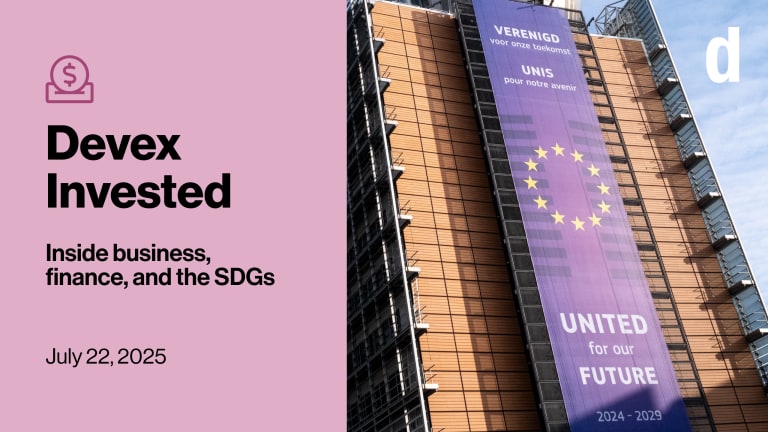The World Bank is consulting with European and other regional stakeholders on its proposals to replace existing social and environmental safeguard policies with revised “standards.” This time, the bank board’s Committee on Development Effectiveness, critical of the conduct so far of this consultation (started in 2012) has requested that 52 important issues defined by the committee and Web-posted in advance, be submitted to transparent public discussion, with accountability on how proposals raised are addressed. The international debate around weakening or strengthening the existing safeguard policies is thus becoming more substantive, as it certainly should.
The 52 issues incorporated by CODE address, inter-alia, content omissions and the extent of the separation and/or overlap of responsibilities and accountability between the World Bank and its borrowing states for risks and possible adverse impacts on the environment, the society, or particular subgroups by projects financed by development banks (not only the World Bank) and implemented by borrowers. The discussion conveys on the future status of the safeguards in the World Bank’s policy architecture.
The debate’s ultimate core is an old challenge: to prevent and handle justly the economic and social externalities of development projects. Metaphorically, externalities can be compared with the mythical multiheaded dragon — except that in development projects the externalities are not mythical. They are real and toxic. Examples abound: environmental destructions; the impoverishment of displaced people, exposed to risks imposed on them and left worse off; polluted air, etc. Institutionalized safeguard policies are precisely intended — as their name states — to reduce, prevent and “safeguard” against surreptitious externalization of unrecognized project costs.










